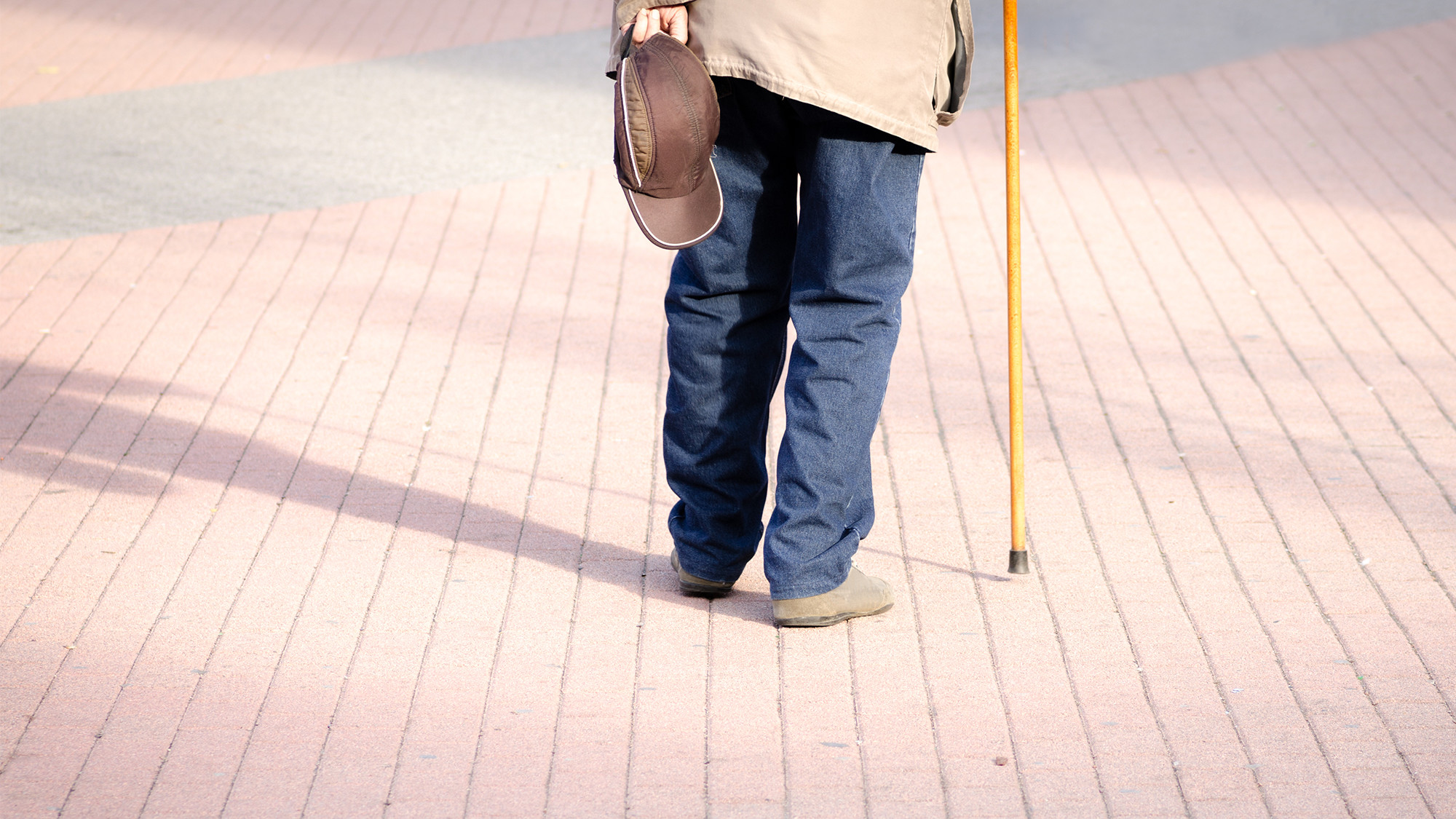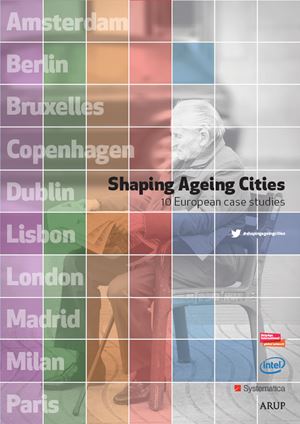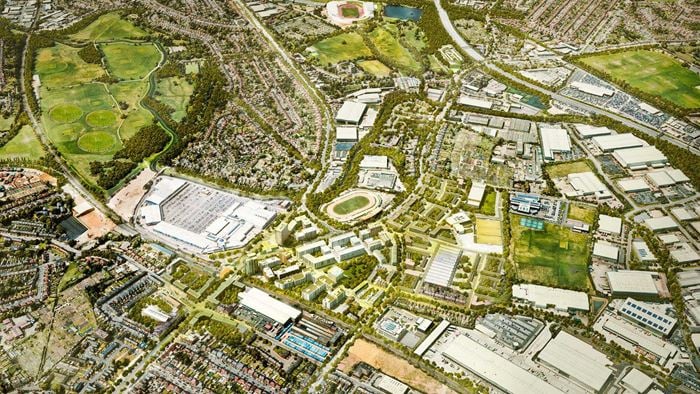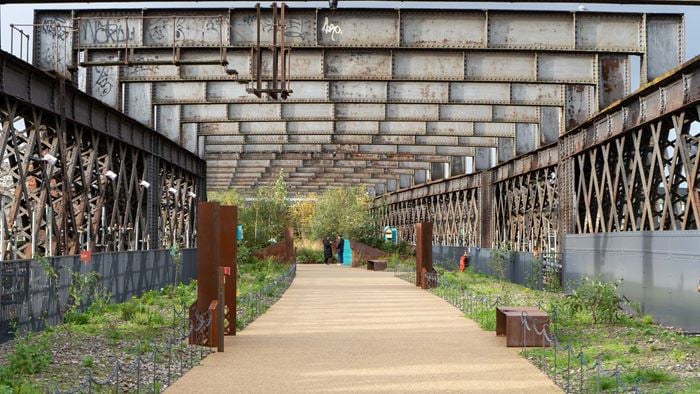We now have more people over 65 on the planet than we have at any other time in human history. Not only is our population skyrocketing, people are living longer than ever before and a far greater percentage of over 65’s are living in our cities.
What are the opportunities and challenges of urban-based aging population? In an era of rocketing housing prices, infrastructure challenges and increasing social isolation, how do we ensure our cities cater for multi-generational physical and social inclusion?

Meet Ian
Ian is 80 years old. He goes camping once a month. He sometimes makes the 12 hour drive to see his children and grandchildren but wishes they were closer. Ian is thinking about downsizing his house soon but likes his independence and connection to the community. Ian doesn’t think he’s ready for a retirement village just yet.
To take a deeper dive on these questions we held a workshop at MPavillion in November 2017, as part of SIBLING Architecture’s ‘Designing the Age Friendly City’ day. The workshop consisted of a design exercise put together by Arup’s architectural research programs. Attendees were divided into two groups—half represented over 65s; half, the younger generations. They were asked to work together, not on a city plan, but on the smaller scale of a prototype for a multi-generational communal home.
Beyond four-walls, toward a tech-equipped home
The benefits of technology were recognised by both groups as a valuable weapon in the fight against the degenerative effects of aging. A number of technological innovations were proposed for our prototype multi-generational home including voice activated doorways and tablet equipped virtual libraries. Away from physical enhancements, groups noted that social issues such as isolation could be combatted with technology.
Meet Anne
Anne, 67, uses technology to improve her access to the wider community. She starts her morning by contacting as many people on Facebook as possible. She’ll then read the paper and send e-mails via her phone before organising something social to get her out of the house. She runs an AirBnB. The other week, Anne hosted an English backpacker. Anne’s use of technology enriches her social life, allows her to keep up with her friends, and provides a source of income through her AirBnB.
“As humans we crave comfort, companionship, and autonomy. Often, these needs become harder to meet as we get older. In combatting these things with technology, we need to consider how we create pathways for aging communities to learn how to use the digital. ”
Kristian Winther Associate, Architecture
Shaping aging cities
This is not the first time we’ve investigated technology as an enabler in the pursuit of more age friendly cities. In 2015, Arup released a publication titled Shaping Aging Cities, which looked at how 10 major European cities are responding to the social, environmental, and mobility needs of an aging population. Among the many trends teased out in this publication was the emergence age-friendly digital environments.
Of course, not even the most staggeringly ambitious of us ever believed such a complex design challenge could be solved in an afternoon. But the workshop allowed us to see what happens when we begin to reimagine the boundaries of the conventional home and think about the kinds of transitions that could be made to make the wider city more age-friendly.
 ;
;





